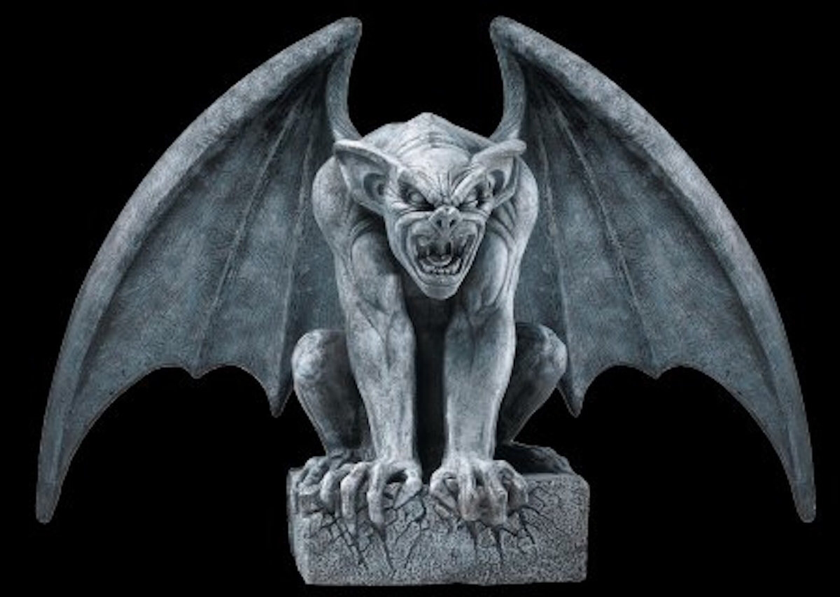Byzantine Art
The Byzantine Empire, also known as the Eastern Roman Empire, was the continuation of the Roman Empire in the East during Late Antiquity and the Middle Ages, when its capital city was Constantinople. Byzantine art that is still in good shape today is mostly religious. They followed traditional models that translate church theology into artistic terms. Mosaics were the main media, and figurative sculpture very rare except for small carved ivories. A mosaic is a piece of art or image made from the formation of small pieces of colored glass, stone, or other materials. Most mosaics are made of small, flat, rough square, pieces of stone or glass of different colors. This is known as tesserae.








































